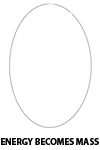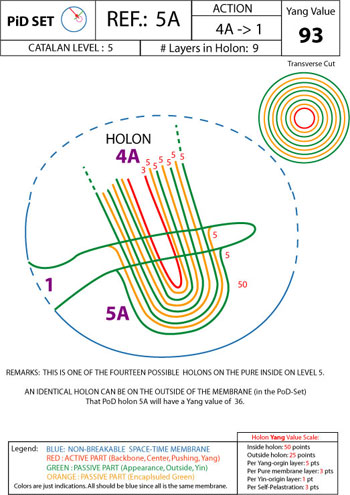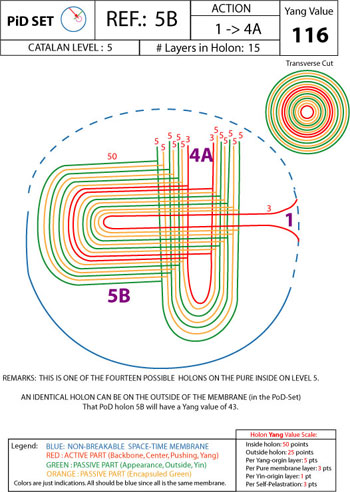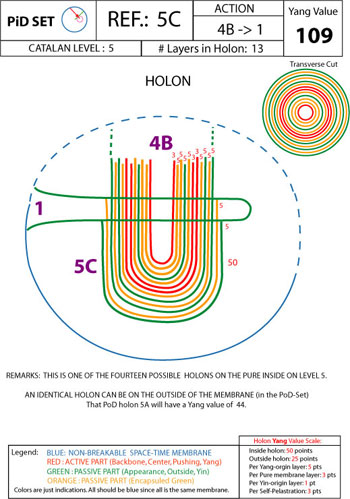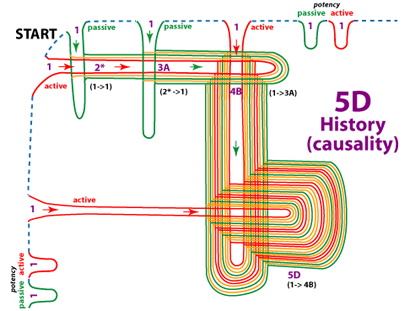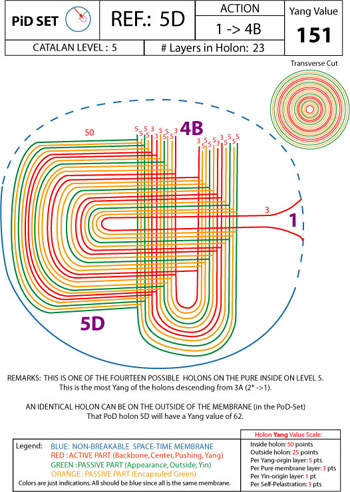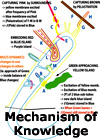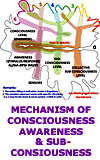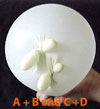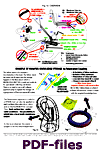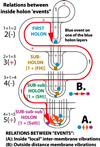|
These are HOLON COMBINATIONS of the 5th-level.
|
|
|
3A is the most regular holon on this level. This is like just counting, adding the number 1 to the previous number.
Interesting to notice here is that all the passive tubes (green) can make new pelastrations with membrane peaks or with other holons. So the complexity can become huge.
Next to that every parent tube of holon 5A (4A, 3A, 2*) can be pelastrated by one or more new active membrane peaks while the holon 5A exists. That may cause the decay of holon 5A but maybe not.
Another aspect that 3A shows here is that 5A can only decay IFF (if and only if) holon 4A withdraws. In next holon 5B we will see that the holon will decay instantly when an active peak (red) is withdraw. That is an important aspect when we examine chemical reactions with the holon approach. |
|
|
|
|
|
| If the red membrane peak withdraws the holon 5B will instantly decay to the 4A level. Notice on the left the two membrane peaks (potency) which can make a sixth level holon with holon 5B. |
|
|
|
|
|
|
|
|
|
|
|
|
| His 5D holon has 23 layers. Thus the totality becomes more rigide, and less transparent. We will say that this holon has more mass, has more weight, more color. The holon 5H has 31 layers. |
|
|
| A holon like 5D may help us to understand better the composition of protons and neutron in the atom nuclei. Protons and neutrons contain always three quarks. In holon 5D we see that there are three similar zones of layers joined/embedded by/in an outer layer. It's like they are together in the same box. |
Next page we see the holon types 5E, 5F, 5G and 5H.
|
|
|



